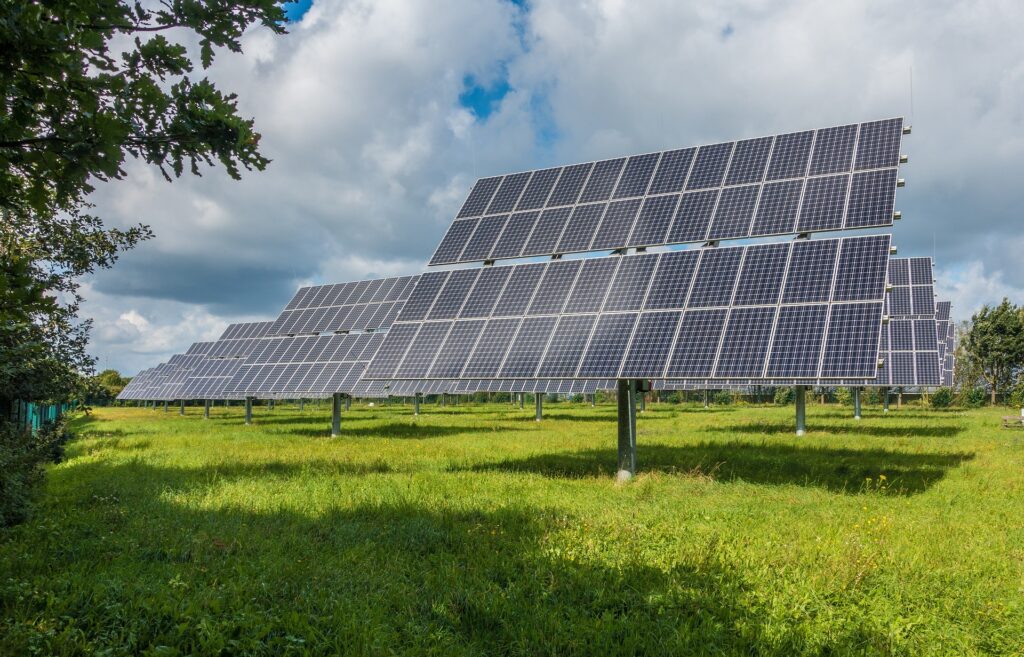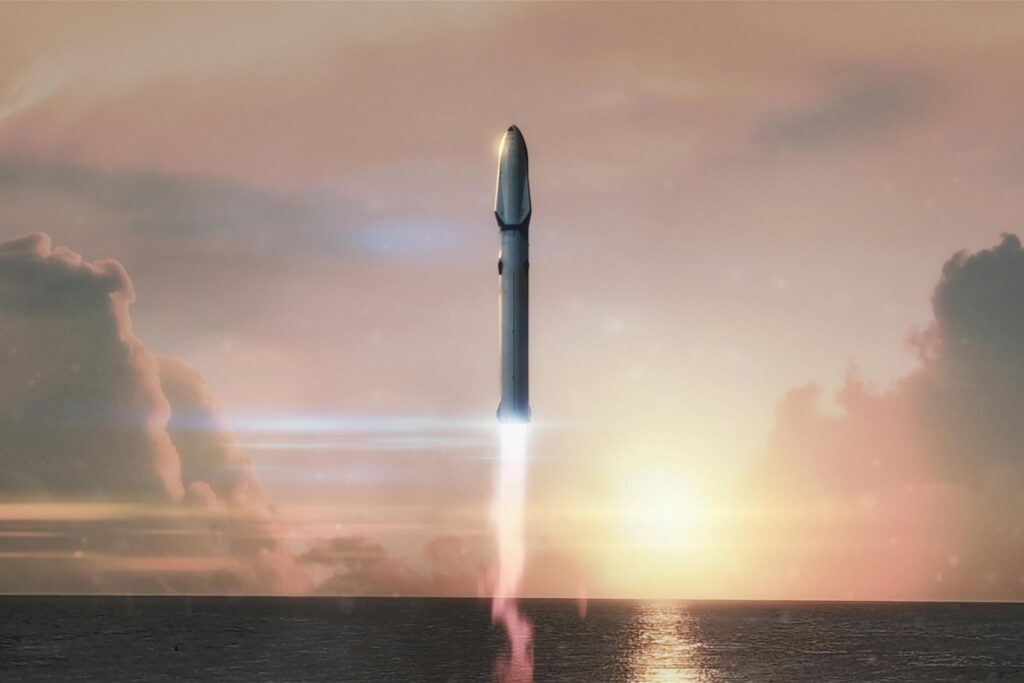Introduction
The Western Green Energy Hub (WGEH) will become the world’s largest renewable energy project. Located in Western Australia, this initiative will generate 70 gigawatts (GW) of clean energy, reinforcing the country’s sustainability efforts. Developed by InterContinental Energy and CWP Global, the WGEH will drive green hydrogen production and strengthen Australia’s position in renewable energy.
A Closer Look at the Western Green Energy Hub
What is the WGEH?
The Western Green Energy Hub is a massive renewable energy project covering 22,700 square kilometers in Western Australia’s southeast. It will use wind and solar power to produce clean hydrogen and ammonia for export.
Key project highlights:
70 GW total capacity, making it the largest renewable energy project in the world.
3,000 wind turbines and 60 million solar panels strategically placed for efficiency.
200 terawatt-hours (TWh) annual energy output, equal to nearly 73% of Australia’s 2023 total power generation.
Seven-phase construction plan spanning 30 years for sustainable development.
Why is This Project Important?
The WGEH represents a major step toward a sustainable future. As energy demand rises, reducing carbon emissions is critical. By using Australia’s vast renewable resources, the WGEH will help decrease global reliance on fossil fuels. Additionally, the project will set a benchmark for other large-scale renewable energy initiatives worldwide, encouraging further investment in clean energy solutions.
Environmental and Economic Impact
Reducing Carbon Footprint
A key benefit of the WGEH is its ability to cut carbon emissions. Using wind and solar energy eliminates dependence on fossil fuels, aligning with international climate goals. This shift supports a cleaner energy future. The large-scale adoption of green hydrogen and ammonia will significantly reduce industrial carbon footprints, particularly in sectors like transportation, manufacturing, and power generation.
Job Creation and Economic Growth
The project will create thousands of jobs, benefiting local and Indigenous communities. The construction, maintenance, and operation phases will require a diverse workforce, boosting economic growth. Additionally, it will attract foreign investment in clean energy technologies, further strengthening Australia’s economy. The project’s success will encourage the development of training programs for renewable energy specialists, ensuring long-term employment opportunities in the sector.
Energy Independence
Harnessing renewable energy will reduce Australia’s reliance on imported fossil fuels. This enhances energy security and stabilizes electricity prices, providing consumers with more affordable energy while ensuring long-term sustainability. The diversification of energy sources will protect Australia from global energy market fluctuations, making the country more resilient to price shocks and supply chain disruptions.
The Role of Green Hydrogen
What is Green Hydrogen?
Green hydrogen is produced using renewable energy to split water into hydrogen and oxygen. Unlike grey or blue hydrogen, it generates zero carbon emissions, making it a clean alternative. The process, called electrolysis, is powered by renewable electricity, ensuring that the hydrogen produced is completely free of fossil fuel contamination.
How Will WGEH Contribute to Hydrogen Production?
The WGEH will produce 4 million tonnes of green hydrogen annually, converting it into 22 million tonnes of green ammonia. This output will help meet the global demand for sustainable fuel solutions. With a growing number of industries transitioning to hydrogen-based solutions, the WGEH will be a crucial player in scaling up the global hydrogen economy.
Applications of Green Hydrogen
Green hydrogen can be used in various industries, including:
- Transportation: Powering hydrogen fuel cell vehicles and reducing reliance on fossil fuels in aviation and shipping.
- Industrial Processes: Reducing emissions in steel and chemical production, where hydrogen can replace coal in high-temperature processes.
- Electricity Generation: Storing excess renewable energy for grid stability, helping balance supply and demand fluctuations.
- Export Market: Supplying hydrogen to countries with limited renewable resources, supporting global decarbonization efforts.
Challenges and Public Consultation
Environmental Concerns
Despite its benefits, the WGEH raises concerns about biodiversity and Indigenous lands. The Environmental Protection Authority (EPA) is conducting assessments to ensure compliance with sustainability guidelines. Wildlife conservation groups have voiced concerns about the potential impact of large-scale wind and solar installations on local ecosystems. Mitigation strategies, including habitat preservation and careful site selection, are being developed to address these issues.
Community and Indigenous Engagement
The WGEH is on Mirning traditional lands, and Indigenous groups are engaged in consultations. Mirning Green Energy Limited collaborates with developers to protect cultural heritage while ensuring community benefits. Indigenous communities will play a key role in the project’s success by participating in decision-making processes and benefiting from job opportunities and revenue-sharing agreements.
Infrastructure and Cost Challenges
Developing this large-scale project requires significant investment in infrastructure, including power transmission lines, desalination plants, and hydrogen storage. Managing costs and efficiency will be crucial to long-term success. However, the rising demand for green hydrogen presents a promising investment opportunity. The Australian government and private investors are expected to contribute funding to ensure the project’s viability. Additionally, international financial institutions interested in clean energy will likely support the WGEH through grants and loans.
Global Significance of the WGEH
The WGEH is not just an Australian initiative but a globally significant project. As countries transition to renewable energy, Australia’s role in the green hydrogen market will grow. The project will position Australia as a key exporter of hydrogen-based fuels, supporting global efforts to reduce carbon emissions.
International Collaboration
The WGEH can drive global partnerships by enabling technology transfer and trade agreements. By exporting green hydrogen and ammonia, Australia can strengthen economic ties with energy-dependent nations and promote sustainability. Countries in Europe, Asia, and North America are actively seeking reliable sources of clean hydrogen, and Australia’s strategic location makes it an ideal supplier.
Conclusion
The Western Green Energy Hub will revolutionize the energy sector and promote a sustainable future. As one of the largest renewable energy projects worldwide, it highlights Australia’s leadership in clean energy. With a focus on green hydrogen production, economic growth, and environmental sustainability, the WGEH will have a lasting impact on the global energy landscape. Governments and businesses investing in clean energy will rely on projects like this to shape the future of technology and energy. The success of the WGEH could inspire other nations to launch similar large-scale renewable energy projects, accelerating the transition to a cleaner, more sustainable world.
FAQs
What is the purpose of the Western Green Energy Hub?
The WGEH will generate 70 GW of renewable energy to produce green hydrogen and ammonia, supporting the clean energy transition.
How will the project impact the environment?
The project is under environmental review to ensure minimal disruption. Measures are in place to protect biodiversity and Indigenous heritage.
What is the expected timeline for the project?
The WGEH will be built in seven phases over 30 years, with the first phase starting soon.
How does green hydrogen benefit the environment?
Unlike conventional hydrogen production, green hydrogen generates zero emissions, making it a cleaner energy source.
What industries will benefit from WGEH’s green hydrogen?
Industries such as transportation, steel production, power generation, and chemicals will benefit from green hydrogen adoption.
Related Video
Watch this video for more details.



